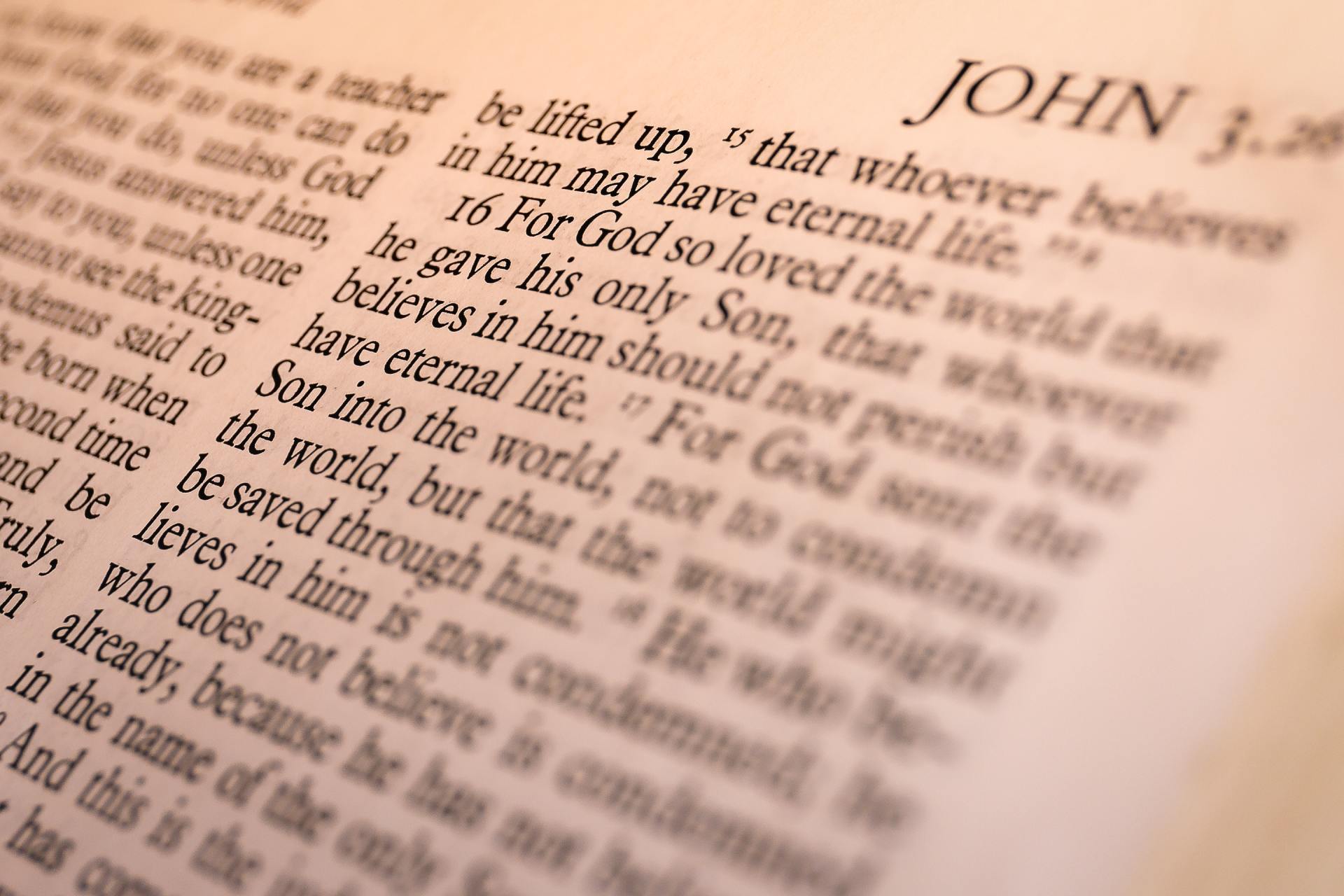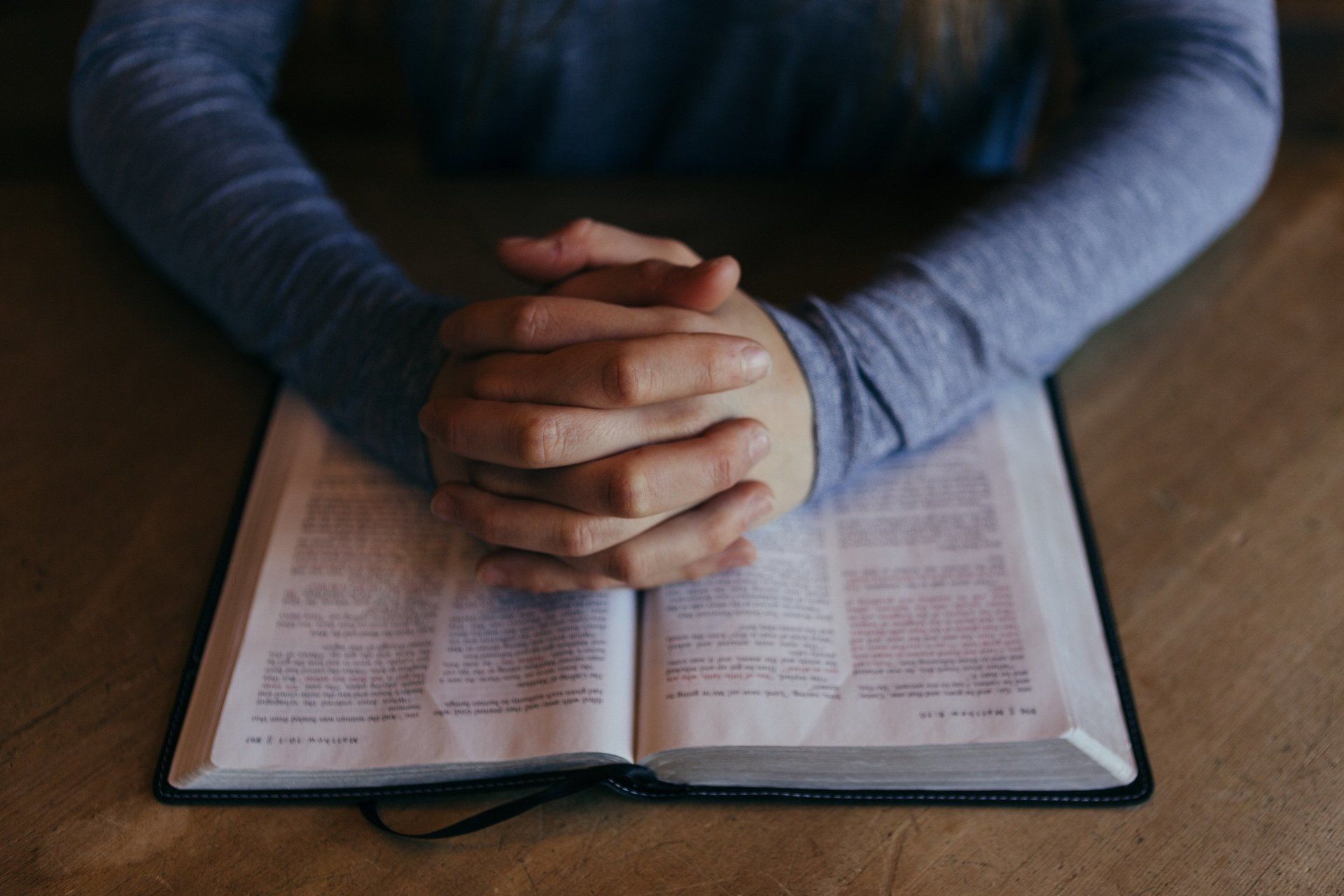Confirmation

Normally celebrated after Easter, the youth who seek Confirmation celebrate this sacrament after preparation of one year. The process begins in the fall and ends with the celebration in the spring. Any child 16 years of age or older and a junior in high school is eligible to celebrate this sacrament.
A special process is available for Catholic adults who have never celebrated Confirmation and for adults who celebrated baptism in another Christian tradition and who now wish to explore full membership within the Catholic Church. For more information, give us a call.
From the Compendium of the Catechism of the Catholic Church
265. What place does Confirmation have in the divine plan of salvation?
CCC 1285-1288
CCC 1315
In the Old Testament the prophets announced that the Spirit of the Lord would rest on the awaited Messiah and on the entire messianic people. The whole life and mission of Jesus were carried out in total communion with the Holy Spirit. The apostles received the Holy Spirit at Pentecost and proclaimed “the great works of God” (Acts 2:11). They gave the gift of the same Spirit to the newly baptized by the laying on of hands. Down through the centuries, the Church has continued to live by the Spirit and to impart him to her children.
266. Why is this sacrament called Chrismation or Confirmation?
CCC 1289
It is called Chrismation (in the Eastern Churches: Anointing with holy myron or chrism) because the essential rite of the sacrament is anointing with chrism. It is called Confirmation because it confirms and strengthens baptismal grace.
267. What is the essential rite of Confirmation?
CCC 1290-1301
CCC 1318
CCC 1320-1321
The essential rite of Confirmation is the anointing with Sacred Chrism (oil mixed with balsam and consecrated by the bishop), which is done by the laying on of the hand of the minister who pronounces the sacramental words proper to the rite. In the West this anointing is done on the forehead of the baptized with the words, “Be sealed with the gift of the Holy Spirit”. In the Eastern Churches of the Byzantine rite this anointing is also done on other parts of the body with the words, “The seal of the gift of the Holy Spirit”.
268. What is the effect of Confirmation?
CCC 1302-1305
CCC 1316-1317
The effect of Confirmation is a special outpouring of the Holy Spirit like that of Pentecost. This outpouring impresses on the soul an indelible character and produces a growth in the grace of Baptism. It roots the recipient more deeply in divine sonship, binds him more firmly to Christ and to the Church and reinvigorates the gifts of the Holy Spirit in his soul. It gives a special strength to witness to the Christian faith.
269. Who can receive this sacrament?
CCC 1306-1311
CCC 1319
Only those already baptized can and should receive this sacrament which can be received only once. To receive Confirmation efficaciously the candidate must be in the state of grace.
270. Who is the minister of Confirmation?
CCC 1312-1314
The original minister of Confirmation is the bishop. In this way the link between the confirmed and the Church in her apostolic dimension is made manifest. When a priest confers this sacrament, as ordinarily happens in the East and in special cases in the West, the link with the bishop and with the Church is expressed by the priest who is the collaborator of the bishop and by the Sacred Chrism, consecrated by the bishop himself.





